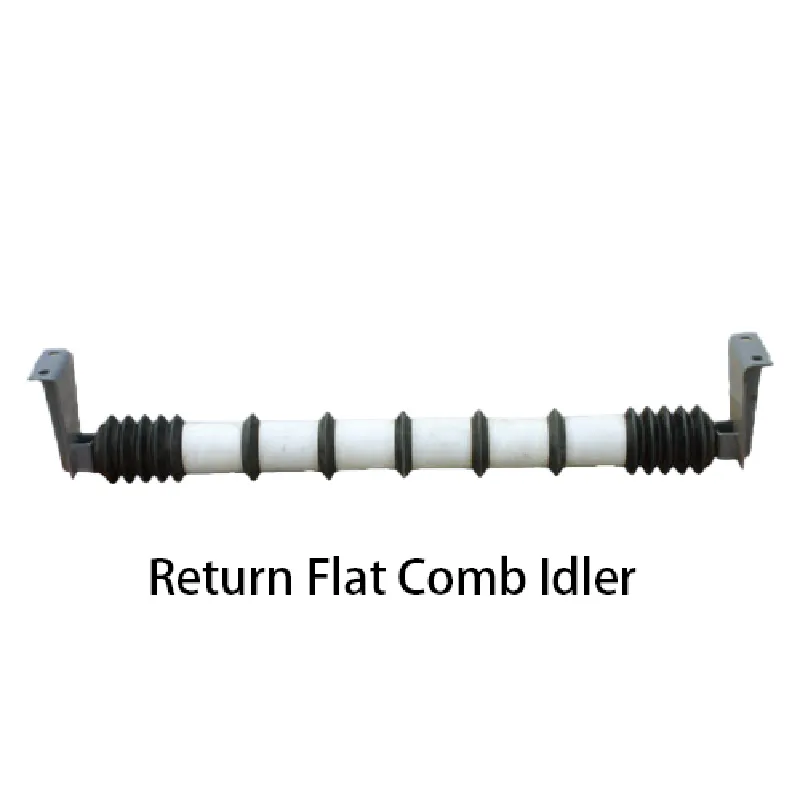 Afrikaans
Afrikaans  Albanian
Albanian  Amharic
Amharic  Arabic
Arabic  Armenian
Armenian  Azerbaijani
Azerbaijani  Basque
Basque  Belarusian
Belarusian  Bengali
Bengali  Bosnian
Bosnian  Bulgarian
Bulgarian  Catalan
Catalan  Cebuano
Cebuano  Corsican
Corsican  Croatian
Croatian  Czech
Czech  Danish
Danish  Dutch
Dutch  English
English  Esperanto
Esperanto  Estonian
Estonian  Finnish
Finnish  French
French  Frisian
Frisian  Galician
Galician  Georgian
Georgian  German
German  Greek
Greek  Gujarati
Gujarati  Haitian Creole
Haitian Creole  hausa
hausa  hawaiian
hawaiian  Hebrew
Hebrew  Hindi
Hindi  Miao
Miao  Hungarian
Hungarian  Icelandic
Icelandic  igbo
igbo  Indonesian
Indonesian  irish
irish  Italian
Italian  Japanese
Japanese  Javanese
Javanese  Kannada
Kannada  kazakh
kazakh  Khmer
Khmer  Rwandese
Rwandese  Korean
Korean  Kurdish
Kurdish  Kyrgyz
Kyrgyz  Lao
Lao  Latin
Latin  Latvian
Latvian  Lithuanian
Lithuanian  Luxembourgish
Luxembourgish  Macedonian
Macedonian  Malgashi
Malgashi  Malay
Malay  Malayalam
Malayalam  Maltese
Maltese  Maori
Maori  Marathi
Marathi  Mongolian
Mongolian  Myanmar
Myanmar  Nepali
Nepali  Norwegian
Norwegian  Norwegian
Norwegian  Occitan
Occitan  Pashto
Pashto  Persian
Persian  Polish
Polish  Portuguese
Portuguese  Punjabi
Punjabi  Romanian
Romanian  Russian
Russian  Samoan
Samoan  Scottish Gaelic
Scottish Gaelic  Serbian
Serbian  Sesotho
Sesotho  Shona
Shona  Sindhi
Sindhi  Sinhala
Sinhala  Slovak
Slovak  Slovenian
Slovenian  Somali
Somali  Spanish
Spanish  Sundanese
Sundanese  Swahili
Swahili  Swedish
Swedish  Tagalog
Tagalog  Tajik
Tajik  Tamil
Tamil  Tatar
Tatar  Telugu
Telugu  Thai
Thai  Turkish
Turkish  Turkmen
Turkmen  Ukrainian
Ukrainian  Urdu
Urdu  Uighur
Uighur  Uzbek
Uzbek  Vietnamese
Vietnamese  Welsh
Welsh  Bantu
Bantu  Yiddish
Yiddish  Yoruba
Yoruba  Zulu
Zulu Conveyor System Tensioning Mechanism for Optimal Performance and Efficiency
Understanding Conveyor Take-Up Assembly An Essential Component in Conveyor Systems
Conveyor systems are integral to various industries, facilitating the efficient movement of materials and products. Among the many components that comprise such systems, the conveyor take-up assembly plays a crucial role in ensuring that the conveyor belt operates smoothly and efficiently. This article delves into the significance of the conveyor take-up assembly, its components, types, and its impact on the overall performance of conveyor systems.
What is a Conveyor Take-Up Assembly?
A conveyor take-up assembly is a mechanical device designed to maintain the tension of a conveyor belt. It is responsible for adjusting the length of the belt in response to various factors, such as wear and tear, temperature fluctuations, and material load variations. Maintaining proper tension is vital, as it prevents slippage and ensures the belt moves correctly over pulleys, reducing the risk of damage and operational failures.
Key Components of the Take-Up Assembly
The conveyor take-up assembly consists of several key components
1. Take-Up Frame The structural support that houses the other components. It provides stability and ensures that the adjustment mechanism operates reliably.
2. Adjustable Pulleys or Rollers These allow for the movement of the belt in either direction, facilitating the adjustment of belt tension.
3. Tensioning Mechanism This can be hydraulic, pneumatic, or mechanical, depending on the conveyor system design. It allows for precise adjustments to the belt tension.
4. Belt Sensors Some modern take-up assemblies include sensors that monitor belt tension and send alerts if adjustments are needed, enhancing operational efficiency.
conveyor take up assembly

5. Guide Frames These ensure that the belt remains aligned during operation, preventing lateral movement that could lead to wear or operational issues.
Types of Take-Up Assemblies
There are primarily two types of conveyor take-up assemblies manual and automatic.
- Manual Take-Up Assemblies These require operators to adjust the belt tension manually. While they are simpler and often more cost-effective, they can be less efficient, especially in systems with varying load conditions that necessitate frequent adjustments.
- Automatic Take-Up Assemblies These employ advanced technology to automatically adjust the belt tension based on real-time data. These systems are particularly beneficial in high-speed applications or environments where constant adjustments would be impractical.
Importance of Proper Maintenance
Maintaining the conveyor take-up assembly is vital for the longevity and efficiency of the entire conveyor system. Regular inspections should be performed to check for wear and tear on components, ensuring belts are properly tensioned. Neglecting maintenance can lead to premature belt failure, increased energy consumption, and more frequent breakdowns, ultimately resulting in higher operational costs.
Impact on Conveyor Performance
The proper functioning of the conveyor take-up assembly directly influences the performance of the conveyor system. Adequate belt tension ensures that materials move smoothly, minimizing downtime and maximizing productivity. Additionally, maintaining the correct tension can help prevent belt damage, reducing replacement costs and extending the lifespan of the conveyor system.
In conclusion, the conveyor take-up assembly is a fundamental component of conveyor systems that should not be overlooked. By understanding its function, components, and maintenance requirements, industries can optimize their conveyor operations, ensuring effective material handling and improved productivity. Investing in both the right assembly and consistent maintenance practices will pay dividends in the long-term efficiency of conveyor operations.
-
Revolutionizing Conveyor Reliability with Advanced Rubber Lagging PulleysNewsJul.22,2025
-
Powering Precision and Durability with Expert Manufacturers of Conveyor ComponentsNewsJul.22,2025
-
Optimizing Conveyor Systems with Advanced Conveyor AccessoriesNewsJul.22,2025
-
Maximize Conveyor Efficiency with Quality Conveyor Idler PulleysNewsJul.22,2025
-
Future-Proof Your Conveyor System with High-Performance Polyurethane RollerNewsJul.22,2025
-
Driving Efficiency Forward with Quality Idlers and RollersNewsJul.22,2025





























